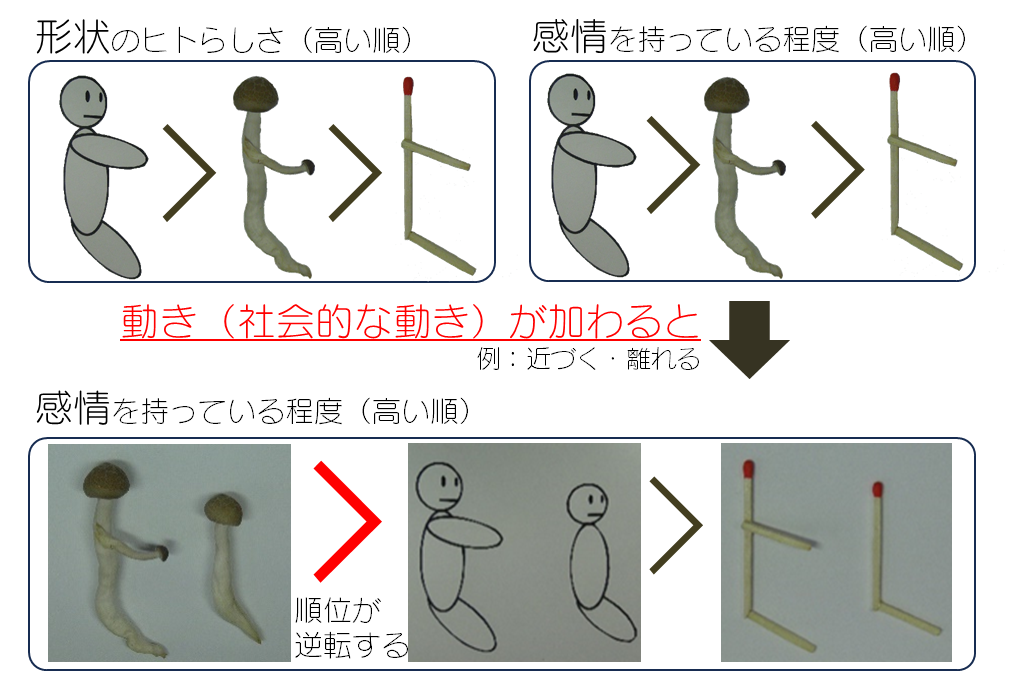2024-08-14 チャルマース工科大学
<関連情報>
- https://news.cision.com/chalmers/r/a-method-that-paves-the-way-for-improved-fuel-cell-vehicles,c4023673
- https://pubs.acs.org/doi/10.1021/acscatal.4c00417
- https://pubs.rsc.org/en/content/articlelanding/2023/TA/D3TA01303K
- https://pubs.acs.org/doi/10.1021/acsaem.2c01790
PEMFCにおけるカーボンサポート腐食の同一位置電子顕微鏡観察 Carbon Support Corrosion in PEMFCs Followed by Identical Location Electron Microscopy
Linnéa Strandberg,Victor Shokhen,Magnus Skoglundh,Björn Wickman
ACS Catalysis Published: May 16, 2024
DOI:https://doi.org/10.1021/acscatal.4c00417
Abstract

Identical location scanning electron microscopy (IL-SEM) and transmission electron microscopy (IL-TEM) are used to follow the degradation of the cathodic catalytic Pt/C electrode layer in a real proton-exchange membrane fuel cell under operation. During an accelerated stress test, mimicking start-up/shutdown conditions, the IL-SEM analysis reveals the formation and growth of cracks in the electrode layer, which expose the underlying membrane, leading to the creation of isolated islands of the electrode layer that tend to delaminate from the membrane. This is found to correlate with a 2- to 4-fold increase of the cell resistance. Nanoscale IL-TEM imaging shows that the diameter of the primary particles of the carbon support shrinks by on average 20%. Consequently, the Pt particles on the support agglomerate and grow by 63% contributing to an observed 65% loss in the electrochemically active surface area. The corrosion of the structural weak points of the carbon support leads to structural collapse. This collapse of the porous structure and weakening of connective points within the cathodic catalyst layers coincide with increased cell and mass transport resistance, resulting in large performance losses. While similar effects have been indicated before, the IL microscopy analysis provides a deeper understanding of the underlying mechanisms and the connection between morphological changes and fuel cell performance losses.
同一位置透過電子顕微鏡による燃料電池電極劣化の追跡 Fuel cell electrode degradation followed by identical location transmission electron microscopy
Victor Shokhen, Linnéa Strandberg, Magnus Skoglundh and Björn Wickman
Journal of Material Chemistry A Published:04 Sep 2023
DOI:https://doi.org/10.1039/D3TA01303K
Abstract
Identical location transmission electron microscopy (IL-TEM) is a powerful technique that has previously been used to study degradation of catalyst materials for proton exchange membrane fuel cells (PEMFCs) in half-cell environments. Here, we demonstrate that IL-TEM can be used to follow degradation at the top of the catalytic Pt/C layer in a real PEMFC on the atomic scale under operation. We find that during an accelerated stress test (AST), mimicking normal operation, Pt nanoparticles grow mainly by Ostwald ripening, while the carbon support is stable. Under AST mimicking start-up/shutdown conditions, the carbon support degrades mainly by loss of volume and collapse, which forces the Pt nanoparticles closer, promoting additional particle growth. The observed degradation correlates with the measured decrease in electrochemical performance for the respective AST. The results show the feasibility of performing IL-TEM imaging in PEMFCs under real-operating conditions, opening up the possibility for similar studies in other fully operational systems.
同一位置走査型電子顕微鏡による固体高分子形燃料電池カソード触媒層への加速応力試験の影響の研究 Impact of Accelerated Stress Tests on the Cathodic Catalytic Layer in a Proton Exchange Membrane (PEM) Fuel Cell Studied by Identical Location Scanning Electron Microscopy
Victor Shokhen,Linnéa Strandberg,Magnus Skoglundh,Björn Wickman
ACS Applied Energy Materials Published: August 18, 2022
DOI:https://doi.org/10.1021/acsaem.2c01790
Abstract

Platinum is the most used electrocatalyst in proton exchange membrane fuel cells (PEMFCs). Nonetheless, it suffers from various types of degradation. Identical location electron microscopy has previously been used to observe local catalyst changes under accelerated stress tests (ASTs), giving insight into how individual catalyst particles degrade. However, it is important that such studies are carried out under relevant reaction conditions, as these can differ substantially between liquid half-cells and real PEMFC conditions. In this work, a single cell PEMFC was used to study the degradation of a commercial Pt-catalyzed membrane electrode assembly by performing square wave voltage ASTs in a potential range of 0.6 to 1.0 V. Identical location scanning electron microscopy (IL-SEM) was used to follow the degradation of the cathodic catalytic layer (CL) throughout 14,000 AST cycles. From the IL-SEM, we can conclude that the Pt nanoparticles degrade via Ostwald ripening, crystal migration, and coalescence. Small Pt nanoparticles agglomerate to larger particles or dissolve and redeposit to more stable particles, increasing the average particle size during the ASTs. In addition, cross-sectional TEM images show thinning of the ionomer layer during the AST procedure. The IL-SEM technique facilitates observation of local degradation of the CL in real PEMFCs, which will help to understand different degradation mechanisms, allowing for better solutions to be designed.




